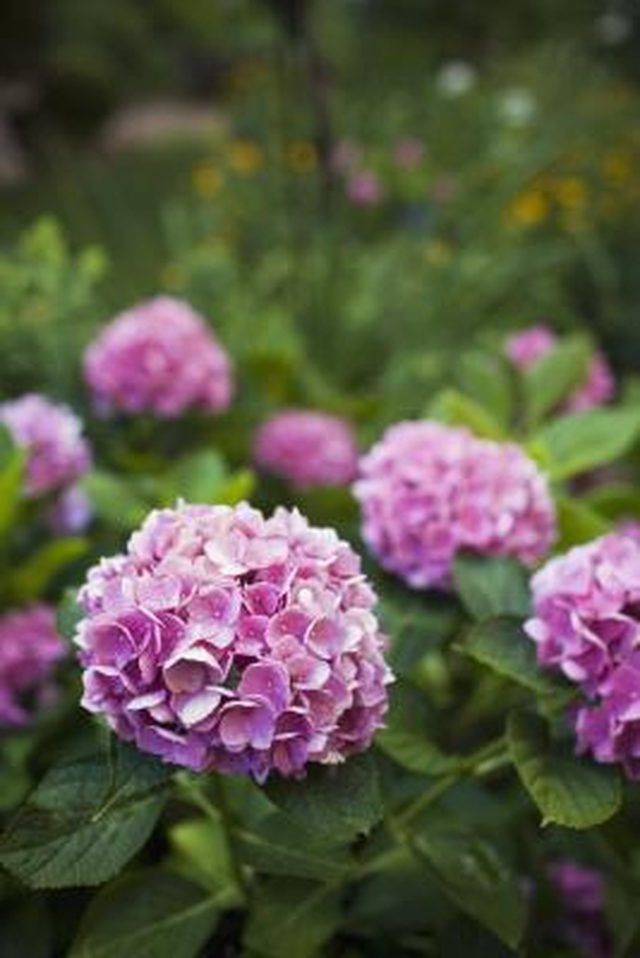Bulbs
Flower Basics
Flower Beds & Specialty Gardens
Flower Garden
Garden Furniture
Garden Gnomes
Garden Seeds
Garden Sheds
Garden Statues
Garden Tools & Supplies
Gardening Basics
Green & Organic
Groundcovers & Vines
Growing Annuals
Growing Basil
Growing Beans
Growing Berries
Growing Blueberries
Growing Cactus
Growing Corn
Growing Cotton
Growing Edibles
Growing Flowers
Growing Garlic
Growing Grapes
Growing Grass
Growing Herbs
Growing Jasmine
Growing Mint
Growing Mushrooms
Orchids
Growing Peanuts
Growing Perennials
Growing Plants
Growing Rosemary
Growing Roses
Growing Strawberries
Growing Sunflowers
Growing Thyme
Growing Tomatoes
Growing Tulips
Growing Vegetables
Herb Basics
Herb Garden
Indoor Growing
Landscaping Basics
Landscaping Patios
Landscaping Plants
Landscaping Shrubs
Landscaping Trees
Landscaping Walks & Pathways
Lawn Basics
Lawn Maintenance
Lawn Mowers
Lawn Ornaments
Lawn Planting
Lawn Tools
Outdoor Growing
Overall Landscape Planning
Pests, Weeds & Problems
Plant Basics
Rock Garden
Rose Garden
Shrubs
Soil
Specialty Gardens
Trees
Vegetable Garden
Yard Maintenance
What Is Eating Holes in My Hydrangeas?
What Is Eating Holes in My Hydrangeas?. Hydrangeas are flowering plants that come in a variety of sizes, from ground covers to tree-sized. They produce large clusters of flowers in blue, pink, white and occasionally yellow. They are a prized landscape element that has few pests to contend with. Two of those pests actually chew holes in the leaves...

Hydrangeas are flowering plants that come in a variety of sizes, from ground covers to tree-sized. They produce large clusters of flowers in blue, pink, white and occasionally yellow. They are a prized landscape element that has few pests to contend with. Two of those pests actually chew holes in the leaves or flowers.
Rose Chafers
The rose chafer is in the beetle family and feeds on a number of flowering plants, including hydrangeas. It feeds particularly on flowers as well as leaves and some fruits, leaving large, irregularly shaped holes.
Caterpillars
Many caterpillars can be responsible for chewing holes in hydrangeas, but the leaf tier or celery tier moth's larvae are noted specifically as pests of the hydrangea by the University of California-Davis' Extension service.
Control
Insecticides are one option, but so is hand picking the pests from the plant. The problem with spraying insecticides is that it will get onto the flowers and harm the beneficial pollinators that visit like honey bees.